Triathlon events are known for being some of the most grueling endurance challenges. With participants having to complete a 2.4-mile swim, 112-mile bike ride, and a full marathon run, it’s no wonder that triathlons are reserved for the toughest athletes.
But have you ever considered completing a triathlon on a folding bike? It may seem like an unlikely feat, but with the Reach Road folding bike, it’s possible and can be accomplished with flying colors. In this blog post, we’ll explore the world of triathlons on a folding bike and discover how the Reach Road makes it all possible.

1. Introduction to Triathlon on a Folding Bike
As a trial moving tantly on the move, I’ve discovered the perfect solution to my biking needs – a folding bike. A folding bike is designed to be easy to carry and pack, making it an ideal travel companion for any triathlete. In this blog series about triathlon on a folding bike, we explore the various benefits and advantages of using a folding bike for triathlon races.
We will also take a closer look at the Reach Road – a lightweight and maneuverable folding bike – and its suitability for Ironman Switzerland. Whether you’re a seasoned pro or a beginner, there’s no denying the appeal of a folding bike for triathlon training and racing. Let’s delve into the exciting world of triathlon on a folding bike and discover all there is to know about these innovative machines.

2. The Reach Road: Perfect for Ironman Switzerland
After completing Ironman Korea last year, I set my sights on Ironman Switzerland in Zurich. But before I could even think about training, I needed to find the perfect bike for the job. That’s when I discovered The Reach Road, a 19-plying bike that’s perfect for triathlon races.
Not only is it lightweight and maneuverable, but it’s also allowed in permitted folding bike categories for triathlon races. Plus, with its aerodynamic design and comfortable positioning, I knew it weight choice for me. I couldn’t wait to start training on this incredible machine and tackle Ironman Switzerland head-on.

3. Permitted Folding Bikes for Triathlon Races
As a triathlete looking to participate in a race with a folding bike, it’s important to ensure that your bike meets the requirements set by race organizers. The most majority of folding bikes on the market are permitted in triathlon races.
However, it’s always a good idea to double-check the rules and regulations of the specific race you play is always a good idea to participate in. It’s also important to remember that not all folding bikes are created equal, so be sure to choose one suitable for the demands of triathlon racing.
Look for a bike with a refined frame geometry and a wider range of adjustability to ensure a triathlon-specific fit. And don’t forget to consider the folded size and weight of the bike, as these factors can impact your ability to transport and maneuver the bike during the race.
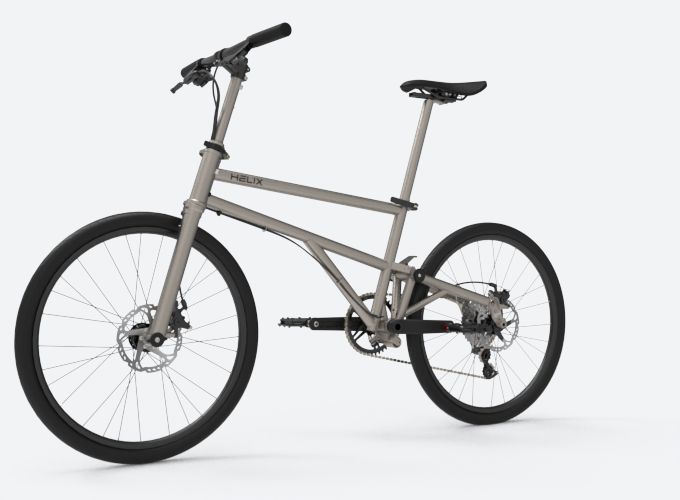
4. The Lightweight and Maneuverable 19-Pound Folding Bike
As I continue to explore the world of triathlon on a folding bike, one of the key factors that I’m prioritizing is weight. Fortunately, the Reach Road folding bike more than meets that requirement, coming in at 19 pounds. This not only makes it easy to carry and maneuver during transitions but also helps me conserve energy during the bike leg of my races.
Additionally, its foldable design means it can easily fit into my trunk or closet when not in use, making it a practical choice for multisport athletes short on space. But weight isn’t the only consideration when it comes to triathlon performance, so I’ll also be examining other aspects of the Reach Road, such as its aerodynamics and riding position, as I prepare for my upcoming races.

5. Positioning for Triathlon: Aerobars and Riding Position
When it comes to triathlon racing, positioning on the bike is a crucial factor that determines overall speed and efficiency. This is where aero bars come into play. As mentioned in earlier sections, aero bars allow athletes to adopt a more aerodynamic position while cycling, reducing wind resistance and ultimately improving speed.
Combined with a lightweight and maneuverable folding bike like the Montague FIT, you have the perfect combination for a successful triathlon race. But it’s important to note that positioning goes beyond just installing aero bars. Stack height and reach are important considerations and bike fitting is essential for optimizing performance.
It’s also worth mentioning that if competing in a triathlon race, make sure to check the permitted folding bikes list to stay within regulations. With a little bit of planning and preparation, you can achieve optimum positioning on your folding bike and improve your chances of success in a triathlon race.
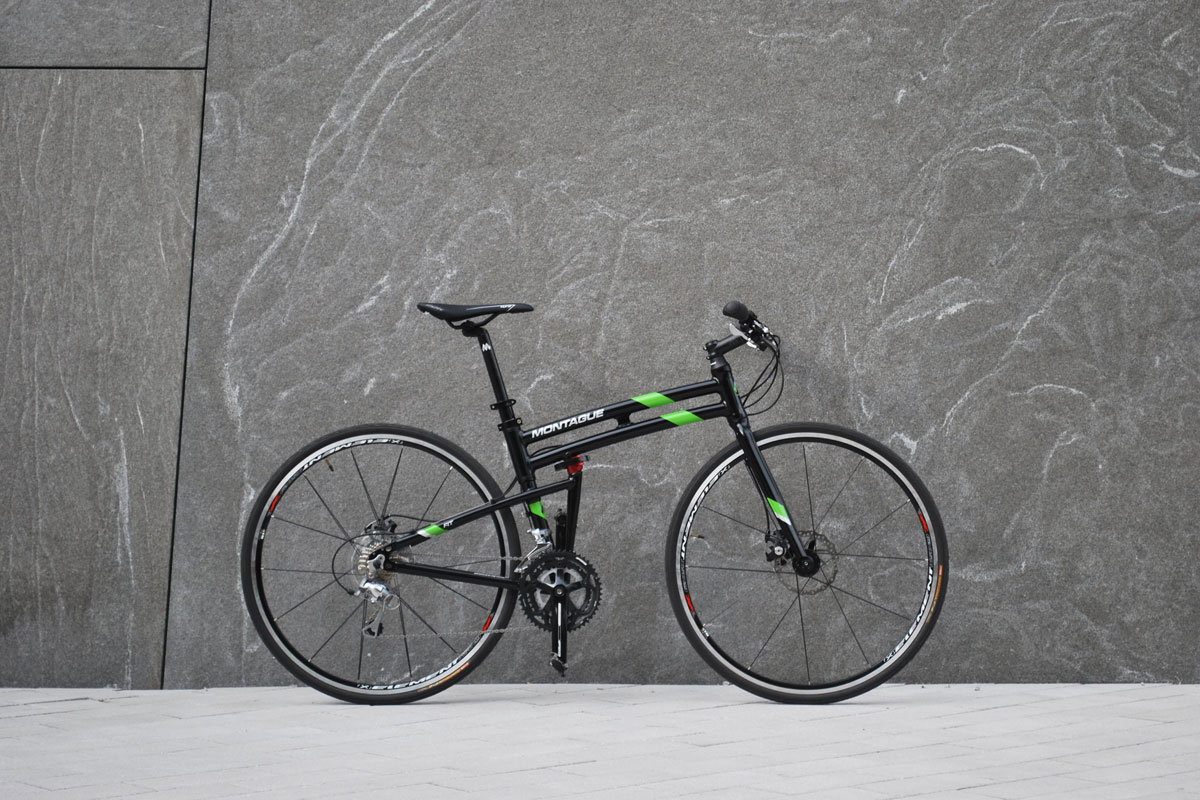
6. The Versatile Montague FIT Folding Bike
The Montague FIT folding bike is the perfect solution for any triathlete who wants the speed of a road bike with the flexibility of a hybrid. Its legendary folding bike frame ensures that you can easily transport it to races or store it in compact spaces. I love the 27 speeds and knobby 35mm tires which make it equally at home on paved or unpaved roads.
Plus, the included RackStand is a cargo carrier, kickstand, and fender for added convenience. When it comes to positioning for triathlon, the Montague FIT’s aerodynamic features and stack height and reach make it a versatile and comfortable machine for your next race.
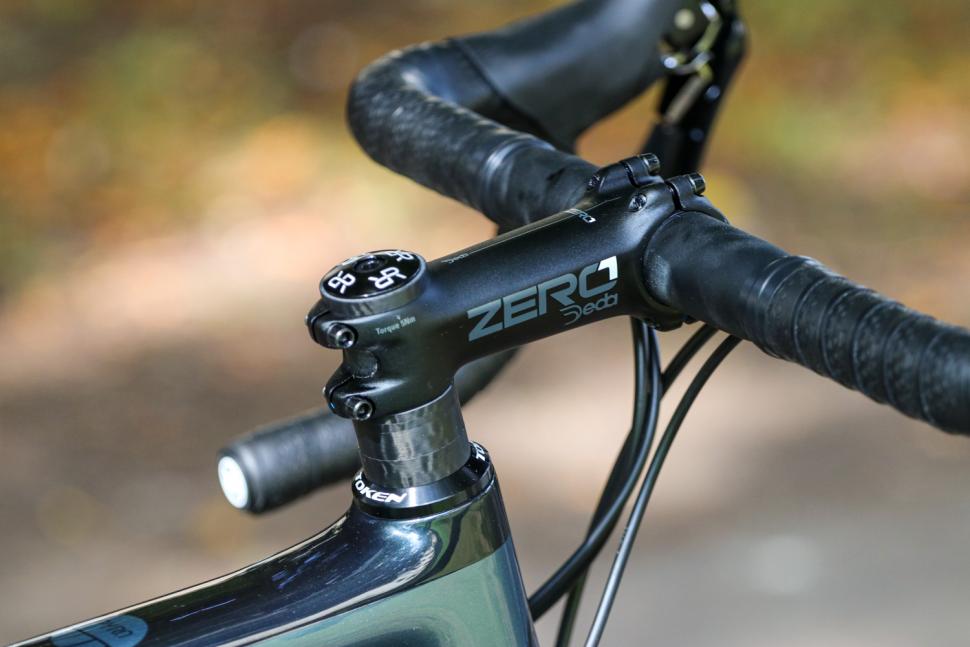
7. Stack Height and Reach: Important Considerations
When it comes to triathlon training and racing, getting the right positioning on your bike is crucial. That’s why I always consider the stack height and reach of my folding bike when preparing for a triathlon. The stack height is the distance from the bottom bracket center to the top of the head tube, while the reach is the horizontal distance between the bottom bracket center and the head tube.
It’s important to balance the two for optimal performance and comfort. Effective top tube length should also be considered as it’s more important than overall frame size. Through bike fitting, I was able to establish my ideal stack and reach for the folding bike I use for my triathlons. It’s not just about finding the best bike, it’s about finding the best fit for you to fully maximize your potential in your triathlon journey.
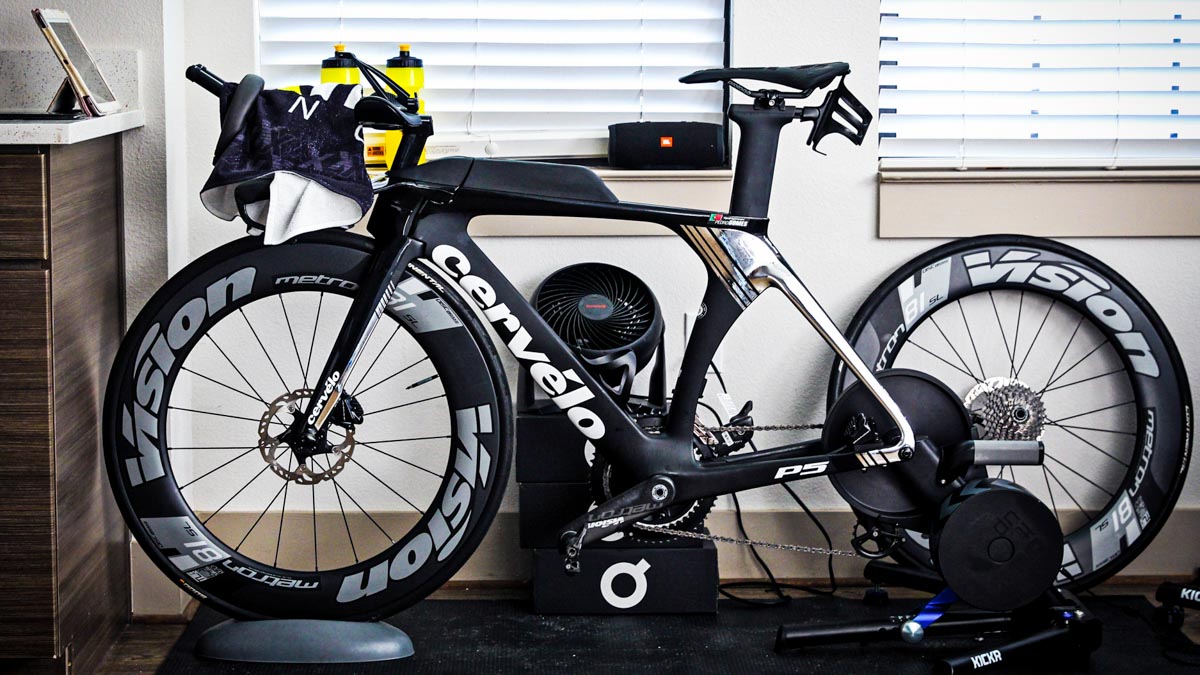
8. Aerodynamic Features of Triathlon Bikes
When it comes to competing in a triathlon, every second counts. That’s why aerodynamics are crucial to creating a fast bike, as they can account for up to 90% of overall resistance on a rider. Triathlon bikes are designed with aerodynamic frames, sleek tubing, and special features like aerobars and extensions to help cut through wind resistance.
The Reach Road, a folding bike perfect for Ironman Switzerland, also incorporates these aerodynamic features into its design. Made with Advanced-grade composite materials and engineered with AeroSystem Shaping Technology, this frameset improves aerodynamics in real-world triathlon conditions.
Additionally, the bike’s unique features, such as its special aero bottles and bottle cages made of carbon, add to its overall efficiency. As a triathlete, I know just how important these features are to shave seconds off my time and give me an edge over the competition.

9. The Importance of Bike Fitting for Triathlon Training and Racing
As someone who has been in the triathlon world for years, I cannot stress enough how important bike fitting is for our sport. No matter the type of bike – folding or non-folding – it is crucial to have proper positioning to improve performance and prevent injury.
The right bike fit can make all the difference in the world when it comes to comfort and preventing overuse injuries. I always recommend getting a professional bike fit, as they have the expertise and tools to properly analyze your body and find the optimal positioning for your individual needs. Don’t skimp on this step – it can make or break your triathlon training and racing success.

10. Time Trial Bike Design for Maximum Speed
As a triathlon athlete, I understand the importance of choosing the right bike for maximum speed. Time trial bikes are specifically designed to slice through the wind with minimal disturbance, allowing for top speeds during the racing portion of a triathlon. These bikes feature an aero design, TT bars, and aerodynamic wheels, all engineered to improve aerodynamics and minimize drag.
It’s important to note that according to UCI rules, the peak of the saddle on a TT bike must be a minimum of 5cm behind the bottom bracket. By choosing a bike with these features, I can trust that my bike is working with me, not against me, to achieve my goals in a triathlon. And with proper bike fitting and positioning, I can ensure that I am making the most of the bike’s design for maximum speed and performance.

1. What is a folding bike?
As an avid triathlete, I recognize the need for a reliable and efficient bike that can help me conquer the race. Enter the folding bike. A folding bike is a type of bicycle that can be compacted and folded for easy storage and transportation. They typically have smaller wheels, collapsible frames, and are easy to maneuver.
While most folding bikes may not typically be associated with triathlons, the Reach Road 10 is a perfect example of a folding bike that can easily tackle Ironman Switzerland. Foldable bikes are becoming increasingly popular for their versatility and compact design, making them a convenient option for commuters, travelers, and triathletes alike.
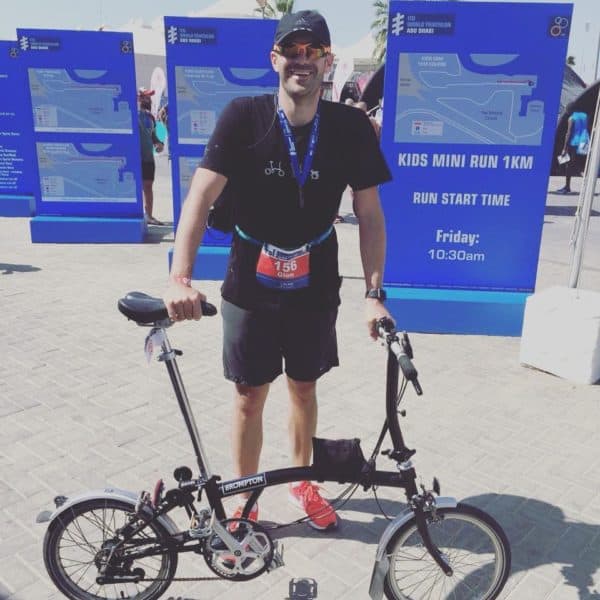
2. Can I use a folding bike for a triathlon?
Yes, you can use a folding bike for a triathlon! In fact, many athletes choose to use folding bikes for their convenience and portability. While not all triathlon events allow folding bikes, there are a growing number that do. It’s important to check the race regulations before participating, but many races now allow folding bikes as long as they meet certain requirements.
The Reach Road 10 is a perfect example of a folding bike designed specifically for triathlons and has proven successful in events like Ironman Switzerland. So, if you are looking for a convenient and efficient way to transport your bike to your next triathlon, a folding bike may be the perfect option for you.

3. What are the advantages of using a folding bike for a triathlon?
Using a folding bike for a triathlon can offer numerous advantages. For starters, folding bikes’ lightweight and compact nature makes them a convenient option for transportation and storage.
As such, they are perfect for triathletes who are always on the go and may not have a lot of space to store a regular bike. Additionally, folding bikes can offer considerable maneuverability, allowing riders to easily navigate tight spaces or transition areas. When it comes to triathlon racing, every second counts, and being able to move quickly through transition areas can make the difference between winning and losing.
Finally, with the right modifications and accessories, folding bikes can provide excellent aerodynamic performance, putting them on par with traditional time trial bikes. Overall, the advantages of using a folding bike for a triathlon are clear, and with some careful consideration and planning, they can offer a viable and effective option for any athlete.
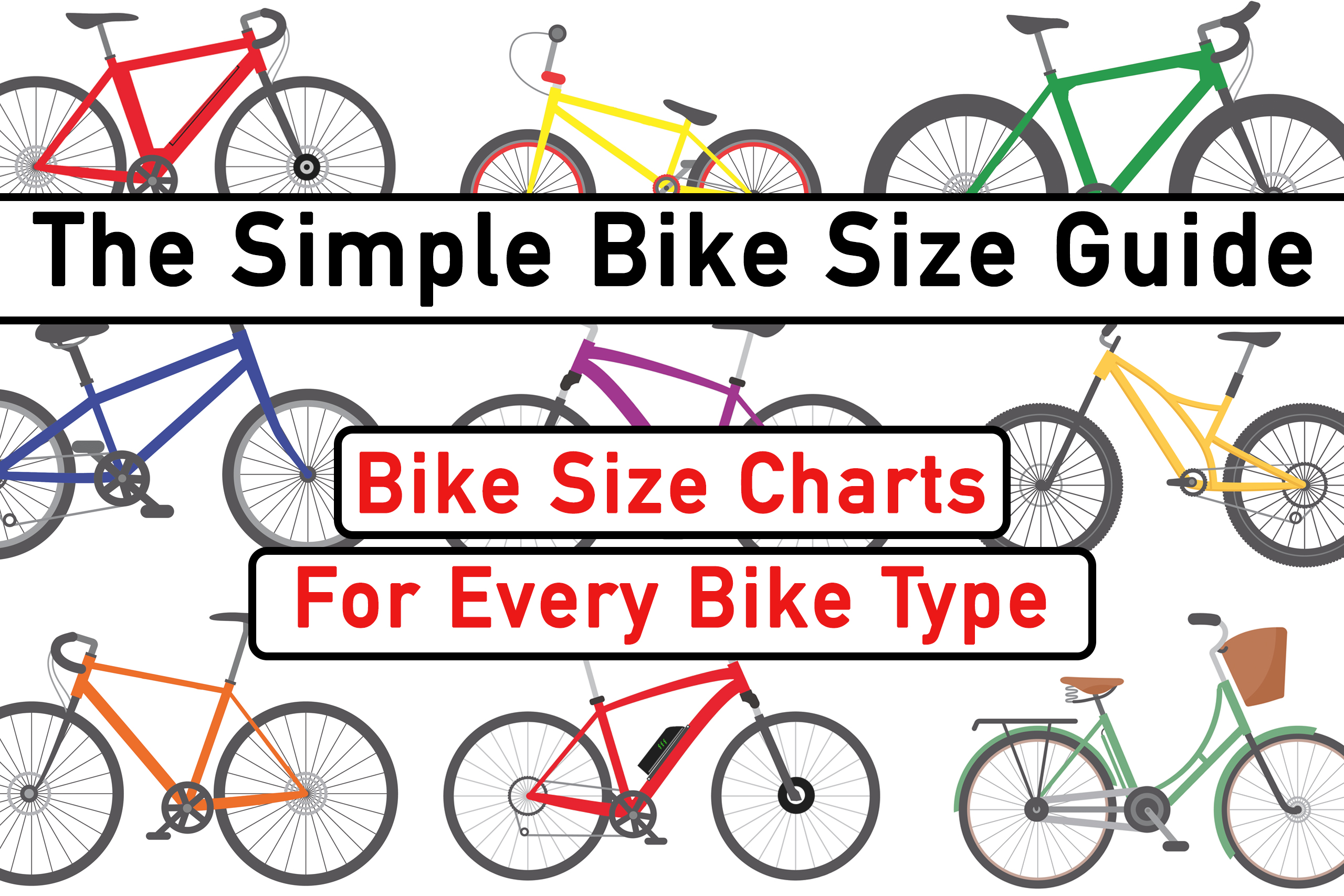
4. What should I consider when choosing a folding bike for a triathlon?
When choosing a folding bike for a triathlon, several factors must be considered to ensure you have the best possible experience. First, you must ensure that the folding bike is permitted for triathlon races.
Once that is established, you should focus on finding a folding bike that is lightweight and maneuverable, like the 19-pound Reach Road model. It’s also important to consider the aerodynamic features of the bike, as time trial and triathlon bikes are designed for maximum speed.
When it comes to positioning, you want to ensure a comfortable riding position with aerobars to minimize wind resistance. Stack height and reach are also important considerations to ensure the bike fits you properly. Lastly, bike fitting is crucial to ensure that you are comfortable and efficient during training and racing. Considering these factors, you can find the perfect folding bike for your triathlon needs.
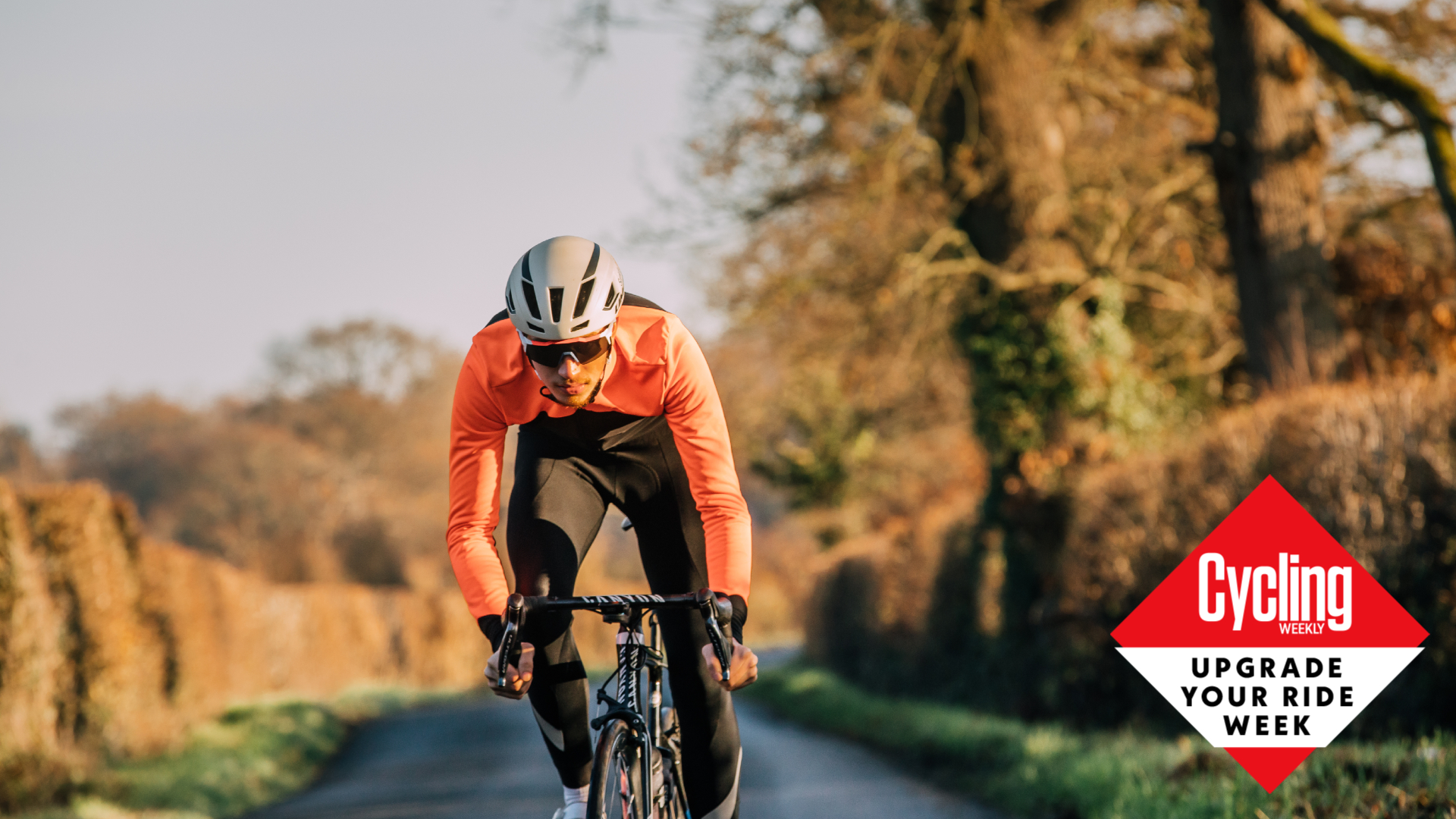
5. What modifications can I make to my folding bike to improve its performance in a triathlon?
When it comes to triathlon, every second counts. That’s why it’s essential to modify your folding bike to improve its performance. Investing in aerodynamic components such as an aero bar or aero wheels can significantly reduce wind resistance and increase speed.
Upgrading the drivetrain, brakes, and tires can enhance your bike’s acceleration, stopping power, and overall handling. The correct saddle height and handlebar position are also critical factors that can affect your posture, power output, and comfort during. Ensuring that your bike is properly tuned, with a correct stack height and reach, can further optimize your riding position and improve your overall efficiency.
Regardless of the type of bike you use for triathlons, investing in these modifications can make a massive difference in your performance and potentially lead you to the podium.